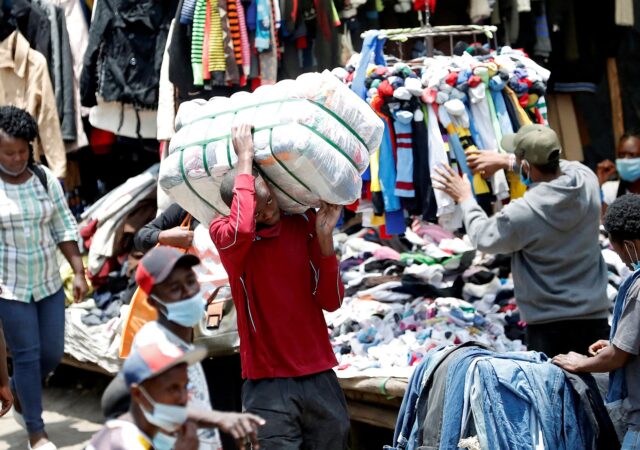Ukraine has informed the International Atomic Energy Agency (IAEA) of renewed shelling in recent days at the site of the country’s Zaporizhzhya Nuclear Power Plant (ZNPP), but it said all safety systems remained operational and there had been no increase in radiation levels, Director General Rafael Mariano Grossi said today.
As previously reported, the ZNPP has continued access to off-site electricity after the plant temporarily lost connection to its last remaining operational 750 kilovolt (kV) external power line on Thursday. In addition, both reactor units that were disconnected from the electricity grid during Thursday’s power cuts are operating again after being re-connected on Friday. The other four units at ZNPP were disconnected before Thursday’s events and remained in shutdown.
There had been shelling in the area of the ZNPP on Thursday, Friday and Saturday, but Ukraine did not yet have complete information on the nature of the damage, Director General Grossi said. The shelling had hit the area of the plant’s two so-called special buildings, both located about 100 meters from the reactor buildings, as well as one overpass area. Those buildings house facilities including water treatment plants, equipment repair shops or waste management facilities. There was also damage on some water pipelines at the site but they had been repaired.
All measurements of radioactivity at the ZNPP site were within normal range, and there was no indication of any hydrogen leakage, Director General Grossi said, citing information from Ukraine.
The latest shelling once again underlined the risk of a potential nuclear accident at the ZNPP, Europe’s largest nuclear power plant (NPP), which is controlled by Russian forces since early March but operated by its Ukrainian staff.
Director General Grossi said he was continuing his consultations with all parties with the aim to send an IAEA expert mission to the plant in the next few days to help ensure nuclear safety and security there. The planned mission would assess the physical damage to the ZNPP’s facilities, determine whether the main and back-up safety and security systems were functional and evaluate the staff’s working conditions, in addition to performing urgent safeguards activities on the site.







I don’t think the title of your article matches the content lol. Just kidding, mainly because I had some doubts after reading the article.
Thank you for your sharing. I am worried that I lack creative ideas. It is your article that makes me full of hope. Thank you. But, I have a question, can you help me?
Your point of view caught my eye and was very interesting. Thanks. I have a question for you.